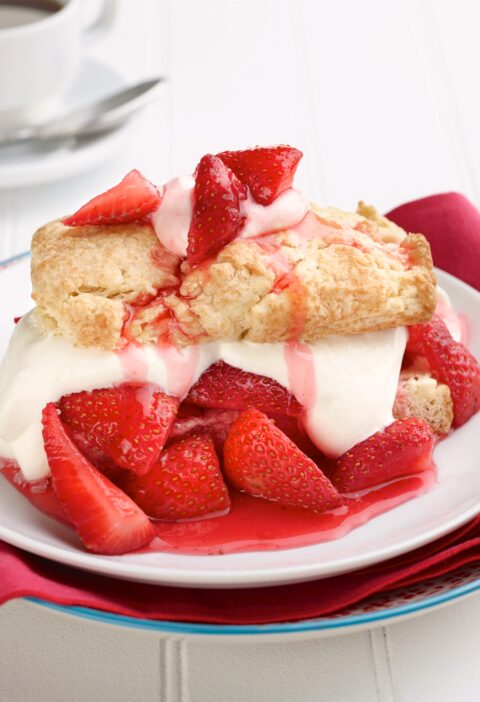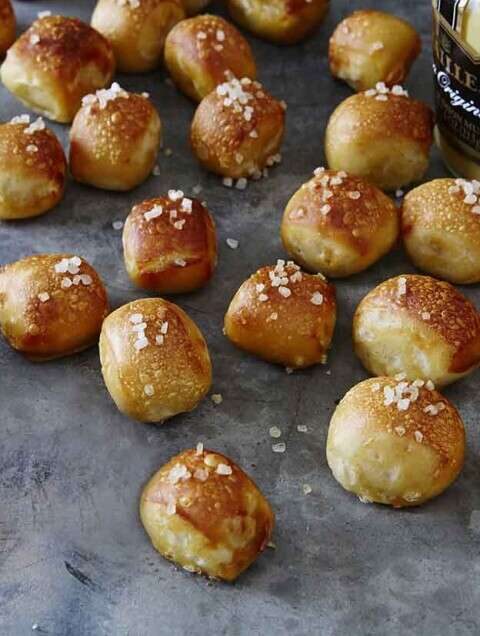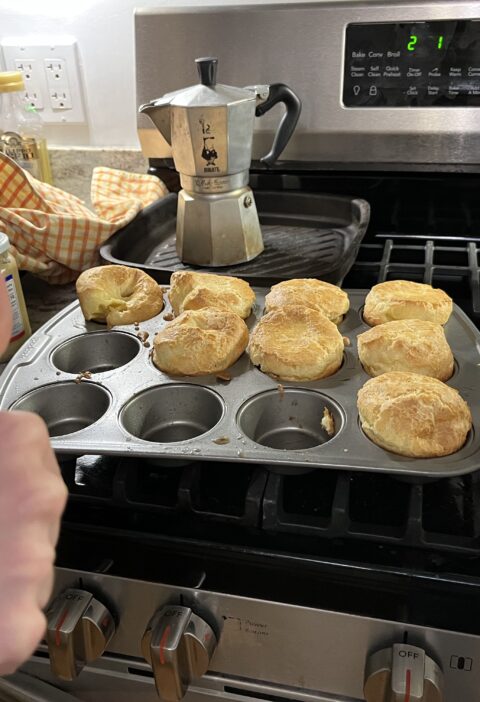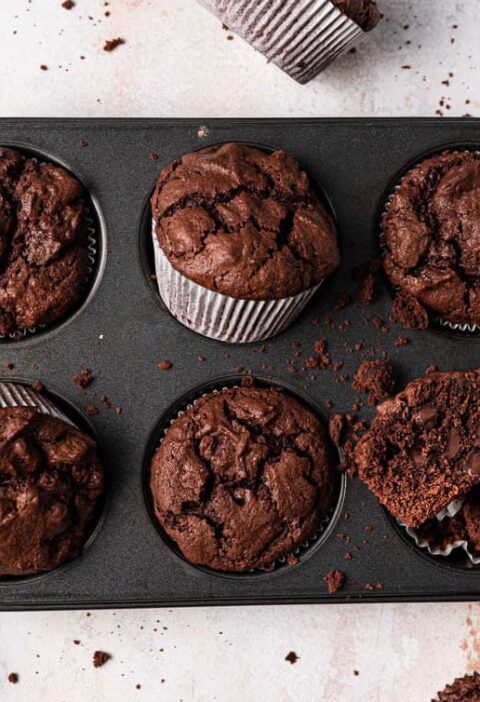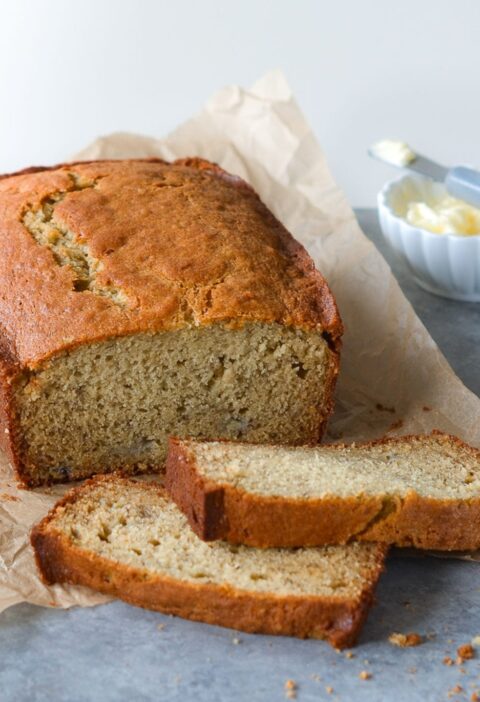Use of links on this page related to ingredients will lead you off site. Please use the back arrow to return here. Only underlined words have links.
Pork: Pork provides a large supply of water and an equal balance of protein and lipids or fats. The water helps distribute cooking in the pork while the proteins help bind in other molecules from different ingredients. The lipids help to split up other molecules like the proteins, making the meat and final product more tender.
Olive Oil: The olive oil is used primarily as a method of heat transfer. As heat is absorbed by the oil, it disperses more evenly along the cooked food.
Carrots: The carrots provide an ample amount of water in liquid form alongside its various health benefits and flavor, assisting in keeping heat distribution even.
Ginger: The ginger provides both flavoring and a supply of water to help disperse heat and prevent overcooking.
Garlic: The garlic is mostly utilized as a flavoring agent, however it does add some proteins that help surround other molecules and retain them.
Salt: Salt consists of sodium chloride and provides some flavoring due to trace elements, but also absorbs water due to its hydrophobic nature. The individual molecules create barriers between water molecules, surrounding and isolating them from others. This helps control dryness in the final interior product.
Ground Pepper: The pepper provides a trace amount of water alongside proteins and carbohydrates. The few proteins denature during cooking and help retain the flavor added within the mixture while the carbohydrates contribute somewhat to some internal browning. Also being a spice means that it has a high vapor pressure and without other molecules to bind it, it would slowly escape from the food.
Green Onions: Green Onions, or Scallions, provide a large source of water. This water contributes to some leavening in the final product alongside the onion taste.
Eggs: In all cases of use, the egg in both beaten and wash form is used primarily as an emulsifier. It binds together hydrophobic and hydrophilic substances, creating a more unified product. Beaten eggs also include the protein rich yolk and these proteins help retain various molecules while water from the white helps with some leavening. The wash additionally provides some browning, though it is minimal.
Cooking Oil: The cooking oil is used primarily as a method of heat transfer. It additionally coats the wrappers, helping the process of Maillard Browning.
Process: Adding various ingredients to the meat while it is still cooking allows the proteins in the pork that have denatured to form around molecules splitting off from the added ingredients, trapping the flavors and attributes of each. Adding them at this stage also means that the water present in each will be reduced steadily and accordingly reduce the amount of leavening later on. After, mixing the scallions and beaten egg while the mixture is off heat means that the molecules are again trapped by coagulating proteins and that the egg can act more efficiently as an emulsifier that binds hydrophobic and hydrophilic substances together. Letting the substance cool also means that the proteins can fully denature and the mixture can settle. Cooking after this stage is to denature the proteins in the added egg and cause some of the water to turn gaseous, creating the cylindrical shape of the final product.
